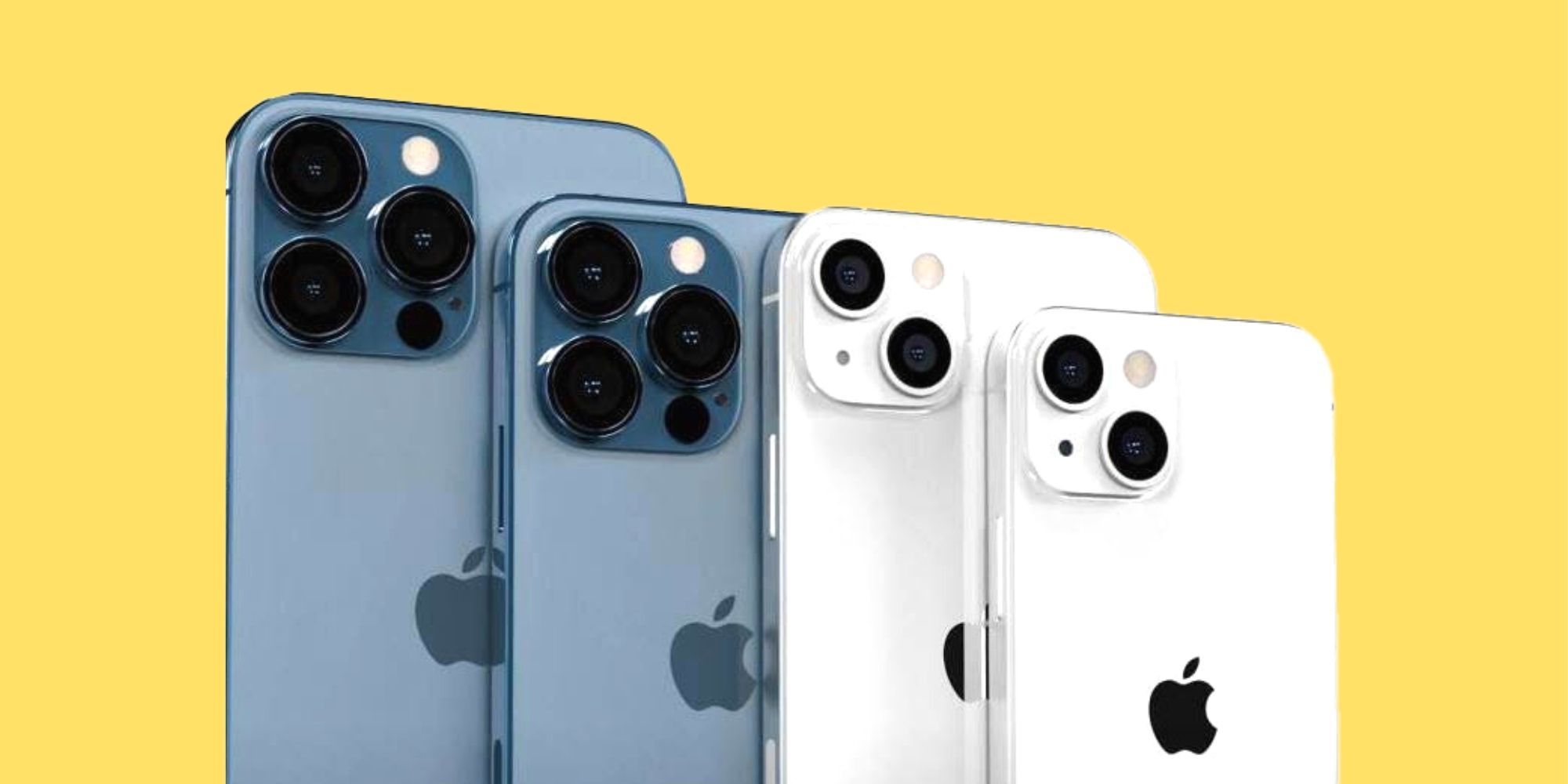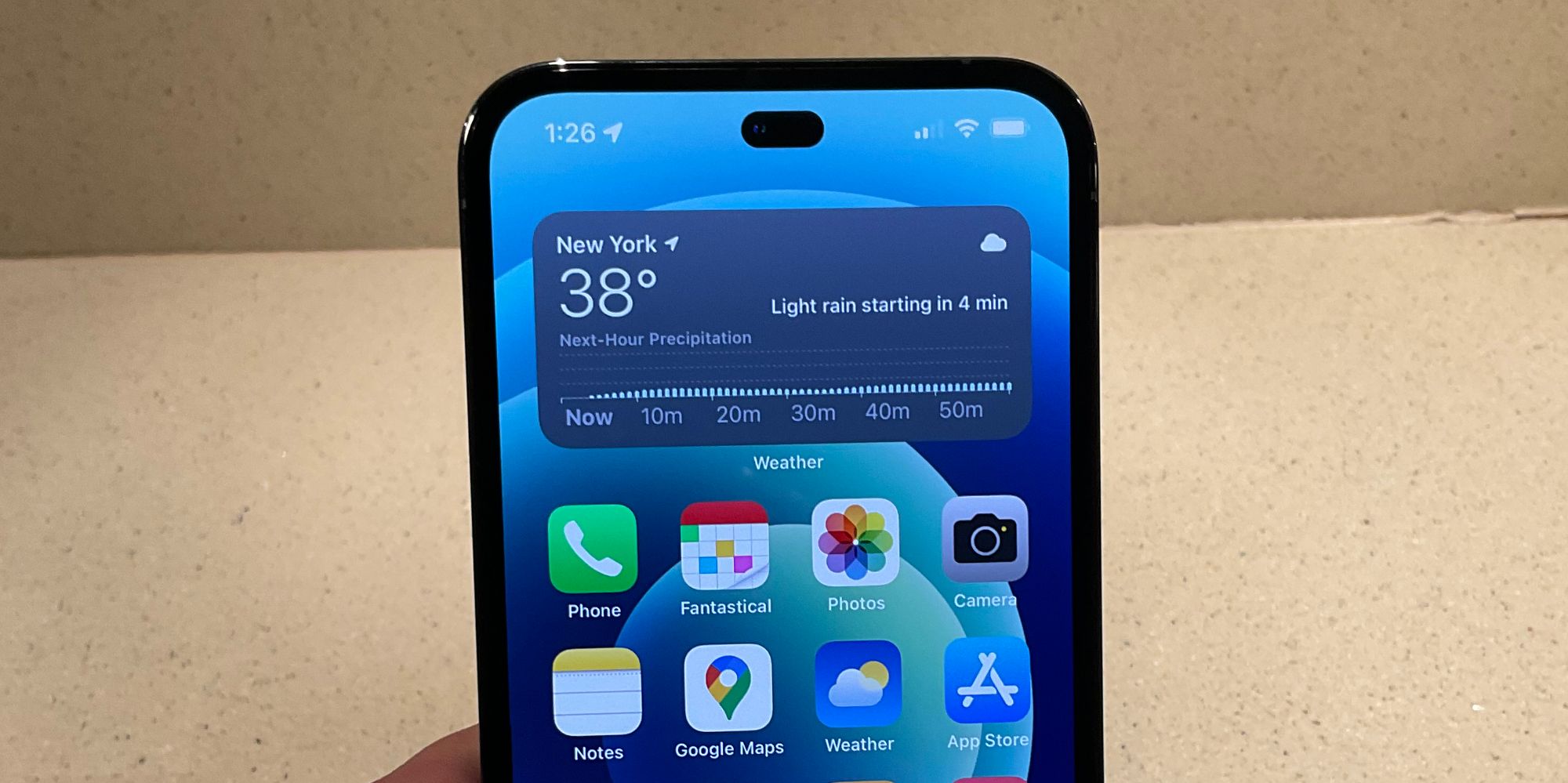The Apple iPhone 13 series was launched in Sept. 2021, and for a smartphone that will be up for sale throughout 2022, it lacks some key features. However, the iPhone 13 comes with an improved A15 Bionic chipset capable of multitasking and gaming. Another aspect where the latest iPhone series excels is the camera. Apple has improved the size of its lenses, allowing more light to reach the image sensors, hence improving the image quality.
The battery life of all the models in the iPhone 13 lineup is improved over the previous generations as well. For example, on a full charge, the iPhone 13 Pro Max can last for an entire day of heavy usage with some juice left at the end of the day. However, some users might want to wait for the iPhone 14 if they want more features. Especially those who wish to migrate from Android to iOS, as the lack of certain features on the iPhone 13 might be disappointing.
First up on the list is an in-display fingerprint scanner. Previously, Apple provided a physical Touch ID sensor on its iPhones, which was removed from the design to accommodate an edge-to-edge display and replaced with Face ID. The in-display fingerprint scanner was first featured in a smartphone called Vivo X21. Yet another staple feature for Android devices is always-on display, and it is missing from the latest iPhone 13 series. It does not make sense as both the iPhone 13 and the iPhone 12 have OLED displays capable of lighting up when the device is locked, showing relevant information such as date and time.
Some features That Apple Might Include In The iPhone 14
While the latest iPhones come with an elegant OLED display with high pixel density, they still have a significant notch on the top. While Apple says that the notch houses the Face ID tech, all the other manufacturers place the front camera in a hole-punch display. The hole-punch display provides an uninterrupted viewing experience, whereas the notch on an iPhone takes away a more significant part of the display. Most recently, mockups of iPhones with a pill-shaped notch surfaced on the internet. In 2022, most smartphones, tablets, and laptops will feature a Type-C port. In such a marketplace, Apple's latest smartphones come with a Lightning Port even when Type-C ports enable high-speed data transfer and support more power for fast charging. The Cupertino-based company is already using Type-C ports on high-end iPads, and the technology might come to the iPhone in coming years.
Lastly, the iPhone 13 series comes with a top charging speed of 20W, which is nowhere even close to what Android flagships are offering. For instance, the OnePlus offers 65W Warp Charge on the OnePlus 9 series, which is way faster. Most recently, Xiaomi has launched a smartphone that supports 120W fast charging. So while the iPhone 13 Pro Max charges entirely in about two hours, it can definitely use some fast charging to pack the juice in lesser time. With all the features absent on the current iPhones, one might wait for the Apple iPhone 14 as it is expected to include all the missing features.
Source: Apple


